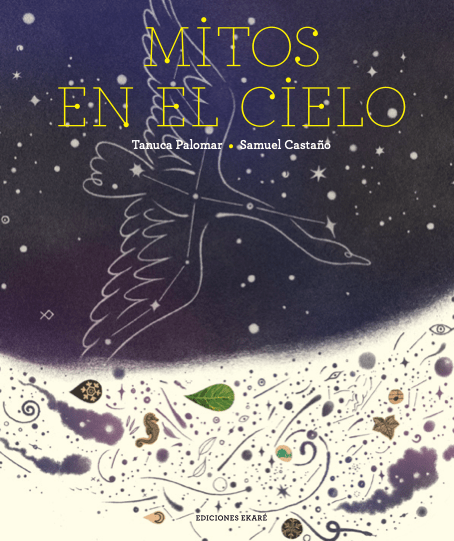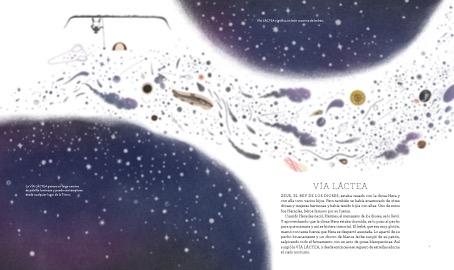Myths in the Sky
0,00 €
| Language of origin | |
|---|---|
| Publication date | |
| Infos : | 21 x 25 cm |
When we are in the city, it’s not so easy to see the stars, but when we are in the countryside, in the mountains, or near the sea—far from the lights of the city– we can see so many, many of them. And to us they seem to make pictures in the sky.
In ancient times when there was almost no artificial light, people always watched the stars. They observed how they moved all night long, and how they appeared and disappeared depending on the season. The stars helped them to know where they were when they were travelling. They also helped to serve as reminders of which tasks had to be undertaken in each season.
Different peoples around the world could see their own cultures’ creatures and objects in the images formed by the brightest stars. These figures are called constellations. Ancient Greeks were reminded of the characters from their own myths and legends. So, they gave these constellations names and told stories that explained what they were doing up there in the sky.
The Constellations, along with the Sun, the Moon, the Earth, and the stars are part of a galaxy known as the Milky Way. A galaxy is a group of stars, planets, moons, cosmic gases, and dark matter. There are millions of galaxies in the universe, all moving and each with a different shape. Our galaxy, the Milky Way, is a spiral of which we can only see a part with our naked eyes. What we see looks like a path of light.









